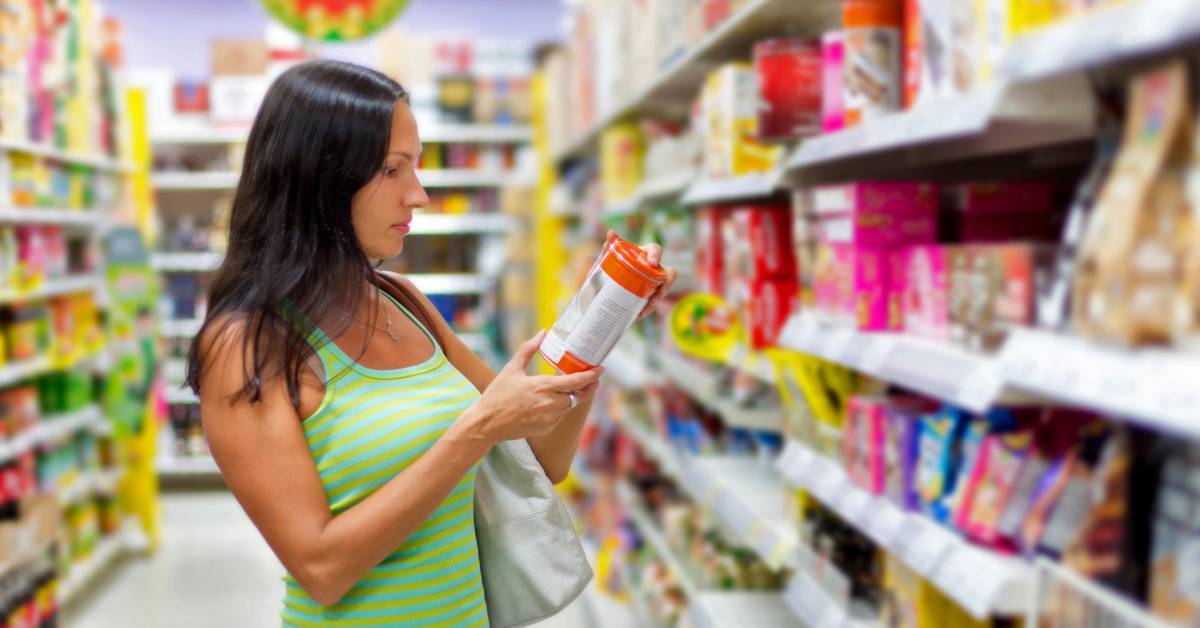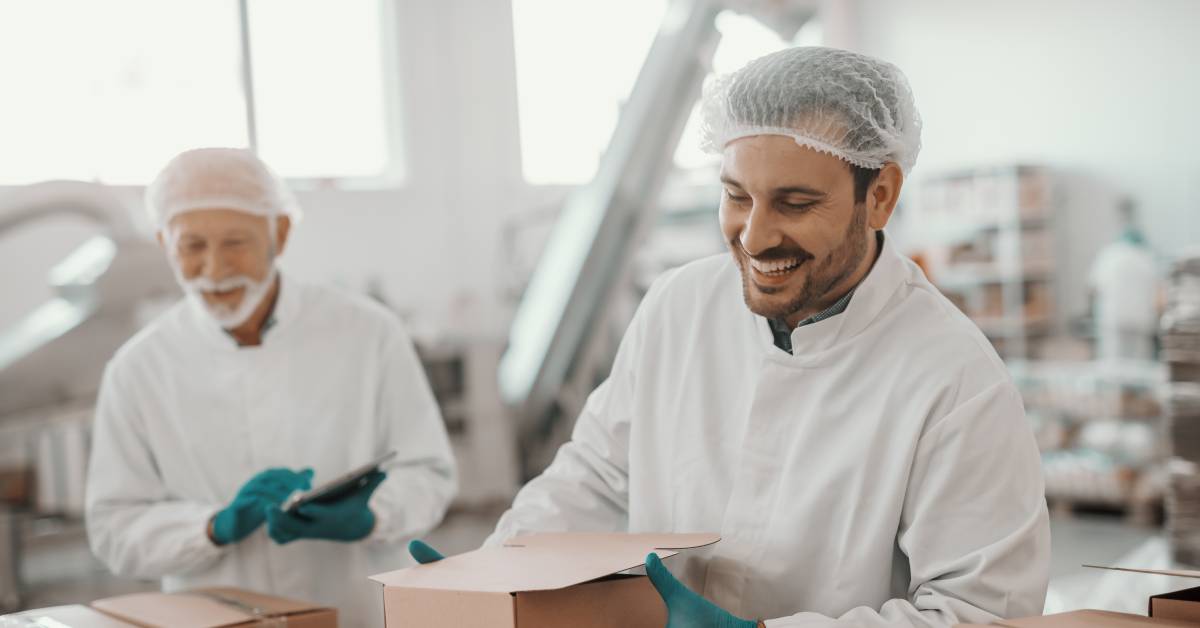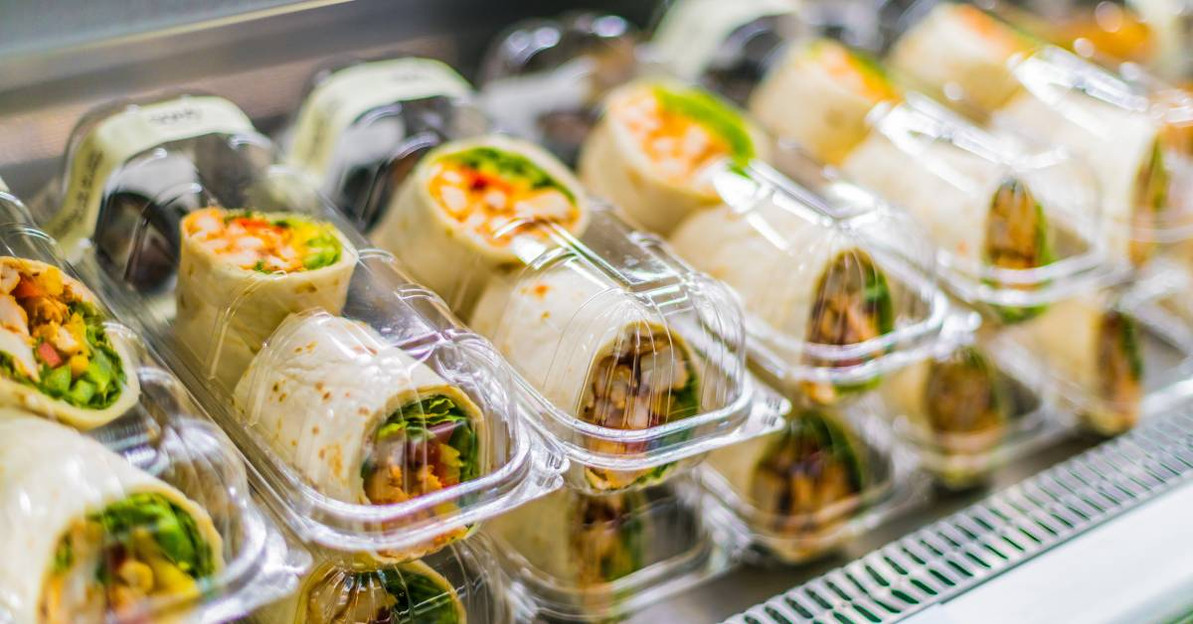Essential Guide for Food Products Packaging
Food packaging is more than just a container—it protects the product, ensures freshness, and plays a critical role in branding and customer experience. For businesses in the food industry, choosing the right packaging is essential for maintaining product quality, meeting regulatory requirements, and appealing to consumers. Use our essential guide for food products packaging to make the right choices for you business.
Understanding the Purpose of Food Packaging
 Food packaging serves multiple purposes, from protecting the product to enhancing its market appeal. Its primary function is to safeguard food items from contamination, physical damage, and environmental factors like moisture or light. Additionally, it plays a vital role in extending shelf life, ensuring the product remains fresh and safe for consumption. Beyond protection, packaging communicates essential information, such as ingredients, nutritional content, and expiration dates. A well-designed package balances these functional and communicative elements, ensuring that both the product and the brand leave a positive impression on the consumer.
Food packaging serves multiple purposes, from protecting the product to enhancing its market appeal. Its primary function is to safeguard food items from contamination, physical damage, and environmental factors like moisture or light. Additionally, it plays a vital role in extending shelf life, ensuring the product remains fresh and safe for consumption. Beyond protection, packaging communicates essential information, such as ingredients, nutritional content, and expiration dates. A well-designed package balances these functional and communicative elements, ensuring that both the product and the brand leave a positive impression on the consumer.
The Importance of Food Safety in Packaging
Food safety is paramount in packaging design. Packaging must comply with regulations that ensure materials are non-toxic and safe for direct contact with food. Failure to meet these standards can lead to contamination and health risks for consumers. Additionally, proper sealing methods are crucial for preventing tampering or spoilage. Airtight seals, tamper-evident designs, and food-grade materials contribute to the overall safety of the product. Businesses must prioritize food safety in every stage of the packaging process, from material selection to final sealing, to maintain both consumer trust and regulatory compliance.
Choosing the Right Materials for Food Packaging
The choice of packaging material greatly impacts the product’s protection and presentation. Common options include plastic, glass, metal, and paperboard, with each option suiting different food types. Plastic is lightweight and versatile, but businesses must use it responsibly to minimize environmental impact. Glass offers excellent preservation properties and is recyclable, making it ideal for premium products. Metal cans are perfect for preserving shelf-stable goods, while paperboard provides an eco-friendly solution for lightweight items. Understanding the specific needs of your food product, such as temperature sensitivity or moisture protection, is key to selecting the right material.
Balancing Functionality and Aesthetics
Effective packaging strikes a balance between functionality and aesthetics. While protecting the product is the primary goal, the design should also capture the consumer’s attention. Eye-catching colors, clear labeling, and unique shapes can differentiate your product on the shelf. However, aesthetics should not compromise usability. Features like easy-open lids, resealable closures, and stackable designs enhance the consumer experience. Packaging that is both practical and visually appealing builds brand loyalty and encourages repeat purchases.
Sustainable Packaging Solutions
Sustainability is an increasingly important factor in food packaging. Consumers are more conscious of environmental impact and prefer brands that use eco-friendly materials. Biodegradable plastics, recyclable paperboard, and reusable glass containers are excellent choices for reducing waste. Minimizing excess packaging and opting for lightweight materials also lower your carbon footprint. Sustainable practices not only benefit the environment but also enhance your brand’s reputation. Businesses that prioritize sustainability appeal to eco-conscious consumers and contribute to long-term market success.
Meeting Regulatory Requirements
Food packaging must adhere to strict regulations to ensure consumer safety and product integrity. These requirements often vary by region and include standards for material composition, labeling, and storage conditions. Labels must clearly display information such as allergens, nutritional facts, and expiration dates. Compliance with these regulations protects your business from legal issues and builds consumer trust. Staying informed about industry standards and working with reputable suppliers ensures your packaging meets all necessary requirements.
Extending Shelf Life Through Packaging
The right packaging can significantly extend the shelf life of food products. Modified atmosphere packaging (MAP) and vacuum sealing are advanced techniques that slow down spoilage by limiting exposure to oxygen and moisture. Materials with barrier properties, such as metalized films or glass, are ideal for preserving freshness in perishable items. For frozen or refrigerated products, temperature-resistant packaging ensures the contents remain safe during storage and transportation. Extending shelf life reduces waste and enhances customer satisfaction by delivering fresher products.
Incorporating Branding Into Packaging Design
Packaging is a powerful branding tool that conveys your product’s identity and values. Logos, taglines, and consistent color schemes help your product stand out and reinforce brand recognition. High-quality graphics and innovative designs create an emotional connection with consumers, encouraging them to choose your product over competitors. Packaging also communicates your brand’s commitment to quality, sustainability, or innovation, influencing purchasing decisions. Investing in strong branding elements within your packaging design is a strategic way to enhance visibility and customer loyalty.
The Role of Transparent Packaging
Transparent packaging allows consumers to see the product before purchasing, building trust and reducing hesitation. Clear plastic or glass containers are particularly effective for showcasing fresh or visually appealing items, such as salads, baked goods, or beverages. Transparency also communicates quality and authenticity, reassuring customers that they will receive exactly what they expect. While transparency works well for many products, it’s important to ensure that the material used protects the contents from light or UV damage when necessary.
The Impact of Packaging Size and Shape
The size and shape of your packaging play a significant role in consumer convenience and product appeal. Compact, easy-to-carry designs are ideal for on-the-go consumers, while larger, resealable options work well for bulk items. Unique shapes can differentiate your product and create a memorable brand impression. However, packaging should remain practical and not sacrifice usability for aesthetics. The right balance between creativity and functionality enhances the overall customer experience.
Ensuring Packaging Compatibility With Distribution
Packaging must withstand the rigors of transportation and storage to maintain product integrity. Fragile or poorly sealed packaging can lead to damaged goods and dissatisfied customers. Durable materials, secure closures, and stackable designs ensure that your product arrives in perfect condition. Consider factors such as temperature changes, humidity, and handling during distribution so that you can select a packaging option that offers maximum protection. Proper testing and quality control minimize risks and ensure reliability.
Innovating With Smart Packaging
Smart packaging incorporates technology to enhance functionality and consumer engagement. QR codes provide easy access to product information, recipes, or promotions, while temperature-sensitive labels indicate freshness. Some packaging options include RFID tags for supply chain tracking or sensors that monitor spoilage. These innovations improve the customer experience and offer valuable data for businesses. Smart packaging demonstrates your commitment to innovation, helping you stand out in a competitive market.
Exploring Cardboard Catering Boxes for Food Packaging

Cardboard catering boxes are a versatile and eco-friendly solution for food packaging. These boxes are ideal for transporting large quantities of food, whether for catering events, takeout, or meal delivery services. Cardboard is lightweight, recyclable, and easy to customize, making it an excellent choice for businesses prioritizing sustainability. Sturdy designs protect the food during transport, while customizable printing allows you to showcase your brand. Whether you’re a restaurant or a catering service, incorporating cardboard catering boxes into your packaging strategy ensures practicality and environmental responsibility.
Now that you know the essentials of food products packaging, you can make informed decisions that protect your products and elevate your brand. By prioritizing safety, functionality, and aesthetics, you can create packaging that meets consumer needs while supporting your business goals.
Recent Posts
-
Why Portion Cups Are Essential for Condiments
Condiment service can make or break the dining experience at your restaurant or catering event. Why …Dec 18th 2025 -
Pros and Cons of Cardboard Catering Boxes
Selecting the right packaging is a fundamental decision for any catering business. The containers yo …Dec 11th 2025 -
How To Choose the Best Aluminum Foil Containers for Food
Selecting the right containers for your restaurant or catering business affects everything from food …Dec 10th 2025




